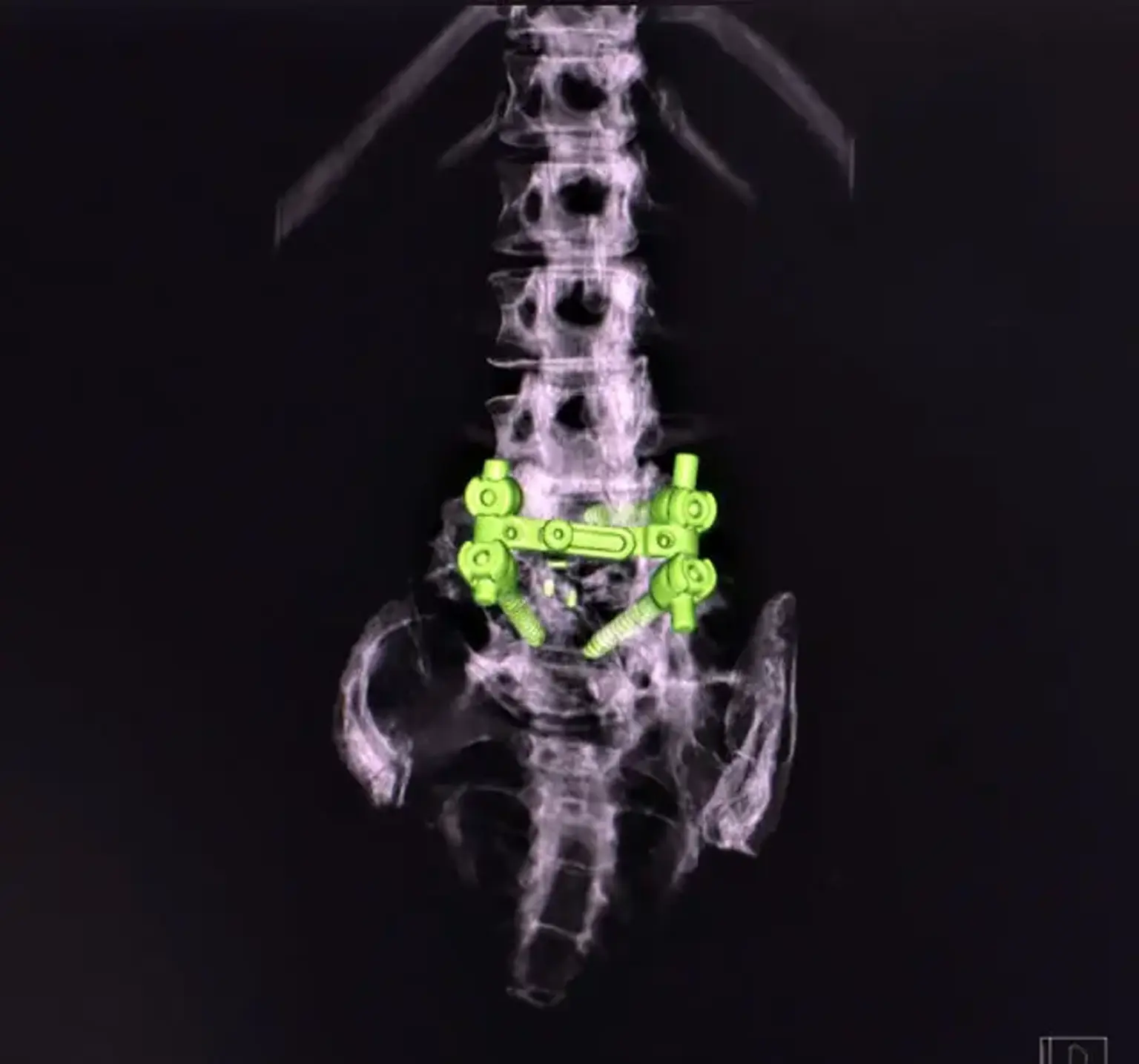Anterior Lumbar Interbody Fusion (ALIF)
Overview
Low back pain (LBP) is one of the most common health problems, with a 1-month prevalence of 23.2 %, and it is also the leading single cause of work absence. LBP is most commonly caused by symptomatic intervertebral disc degeneration, which results in an intervertebral foramen and spinal canal stenosis.
Lumbar fusion is a common treatment for low back pain caused by degenerative disc disease. Anterior lumbar interbody fusion (ALIF) has emerged as a viable treatment option for achieving indirect foraminal decompression while maintaining high fusion rates.
Many surgical options have been established for a variety of lumbar pathologies that do not respond to conservative treatment. Lumbar fusion is critical in the treatment of incapacitating low back and leg pain caused by continued abnormal motion in the affected segment.
